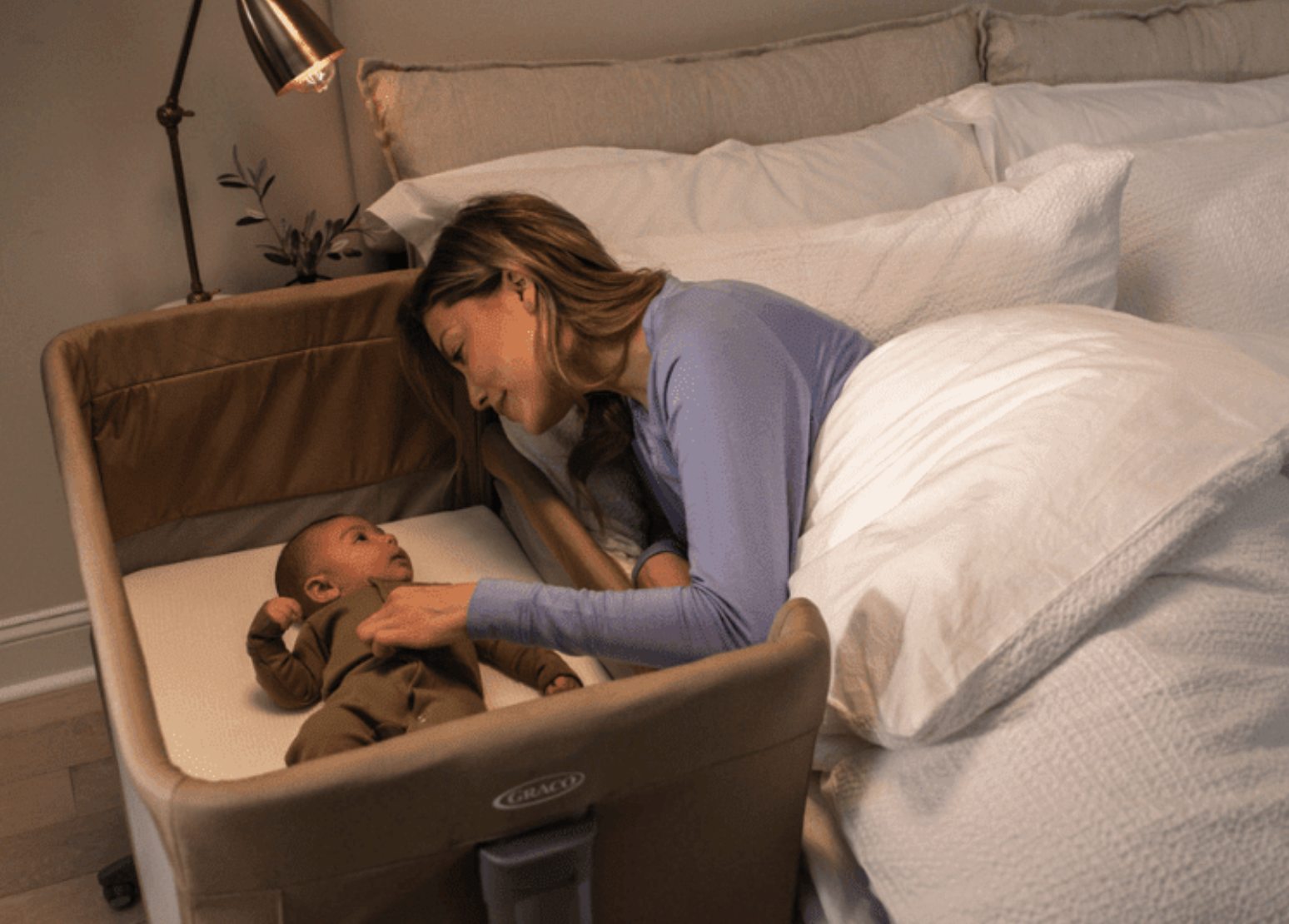Infant Health Risks from House Dust Mites: A Gap in Safe Sleep Guidelines
For over 30 years, scientific research has consistently demonstrated that excessive exposure to house dust mite (HDM) body parts and droppings can significantly increase the risk of developing allergic diseases in infants from families with a history of allergies. These diseases include:
- Eczema (atopic dermatitis)
- Rhinitis
- Asthma
Despite this evidence, the potential health risks associated with HDM exposure are not explicitly addressed in current Safe Sleep Guidelines for Infants.
Infants die of sleep related deaths in the USA each year [1]
Up to 85% of children with bronchial asthma
in 38 countries are sensitised to dust mites [2]
People globally are diagnosed with Asthma [3]
Yearly USA healthcare/social costs due to Asthma [3]
Infants exposed to high levels of HDMs may develop:
- Sensitization: The immune system becomes reactive to HDM proteins, or the bacteria they carry leading to an increased likelihood of allergic reactions or bacterial infection. [4 - 12]
- Allergic diseases: These conditions can significantly impact a child's quality of life and may require long-term medical management, including the use of medications.
Recent research highlights the importance of early identification of children at risk of developing asthma. Several screening tools have been developed to identify children under the age of 4 at increased risk. These tools consistently identify HDM exposure as a significant risk factor. [13 - 14]
Addressing the Risk:
- Raising awareness: Public health campaigns should emphasize the importance of minimizing HDM exposure in infant environments.
- Improving guidelines: Safe Sleep Guidelines should be updated to include information on the potential health risks of HDM exposure and provide practical advice for reducing exposure.
- Promoting accessible information: Easily accessible information and resources should be made available to parents and healthcare professionals on how to minimize HDM exposure in the infant’s environment.

(image from gracobaby.eu - Modifying risk of HDM exposure through anti-mite bedding)
Inadequate Safe Sleep Guidelines for Infants currently available 2022-2025
‘Sleep-Related Infant Deaths: Updated 2022 Recommendations for Reducing Infant Deaths in Sleep Environments’, Moon RY, Carlin RF, Hand I, Pediatrics, (2022),150, (1): e2022057990.
World Health Organization
Making sure newborns and children under 5 years sleep safely
NHS
Newborn and baby sleeping advice for parents
The Lullaby Trust
Why do we need to keep babies safe from infection?
In summary, current Safe Sleep Guidelines overlook the significant health risks of house dust mite exposure for infants. To protect babies, guidelines must be updated to include information on minimizing HDM exposure and provide practical advice for parents.
- ‘Sleep-Related Infant Deaths: Updated 2022 Recommendations for Reducing Infant Deaths in Sleep Environments’, Moon RY, Carlin RF, Hand I, Pediatrics, (2022),150, (1): e2022057990.
- The Prevention of House Dust Mite Allergies in Pediatric Asthma, Klain A et al, Children (Basel) 2024, Apr 15;11;(4):469 doi: 10.3390/children11040469
- "Increasing global burden or airway disease" Professor Peter Barnes FRS, National Heart and Lung Institute, Imperial College London, 2020
- Significance of indoor environment for the development of allergic symptoms in children followed up to 18 months of age. Gustafsson D, Andersson K, Fagerlund I, Kjetiman M,, Allergy, 1995 51 Issue 11, p789-795 risk.
- ‘House dust mite allergen exposure in infancy’, A Mahmic, ER Tovey, CA Molloy, L Young. Clin. Exp. Allergy, 1998, (12): 1487-1492
- ‘Exposure to dust mite allergen and endotoxin in early life and asthma and atopy in childhood’, Celedon JC et al, J Allergy Clin. Immunol. 2007 15;120(1): 144-149
- ‘Risk factors for bronchiolitis hospitalization during the first years of life in a multi-center birth cohort’. Lanari.M. et al. Ital.J.Pediatr.2015 41:40
- ‘House dust mites as potential carriers for IgE sensitization to bacterial antigens’, Dzoro S et al, ‘Allergy’, 2018; 73:115-12
- ‘Lessons in Innate and Allergic Immunity From Dust Mite Feces and Tick Bites’, Keshavarz B, Erickson LD, Platts-Mills TAE, Wilson JM. Font. Allergy, Sec. Allergens, Volume 2, 2021
- The Inside Story: health effects of indoor air quality on children and young people. January 2020, Royal College of Physicians and Royal College of Paediatrics and Child Health.
- ‘Investigating the microbiome of house dust mites in South Korea’, Yi M-h, Kim M, Yong T-S, Kim JY, ‘Front. Allergy’, 2023, 4:1240727
- Protease allergens as initiators-regulators of allergic inflammation. SOH et al, 'Allergy' 2023;78: 1148-1168
- ‘The pediatric asthma risk score (PARS): making the move to the most accurate pediatric asthma risk screening tool’ Expert Review of Clinical Immunology, 2019, Vol 15, Issue 11. P 1115-1118
- ‘Prediction of adult asthma risk in early childhood using novel adult asthma predictive risk scores’, Allergy, AJ Farhan et al 2023, Nov. 78 (11) p2969-2979 DOI: 10.111/all.15876

